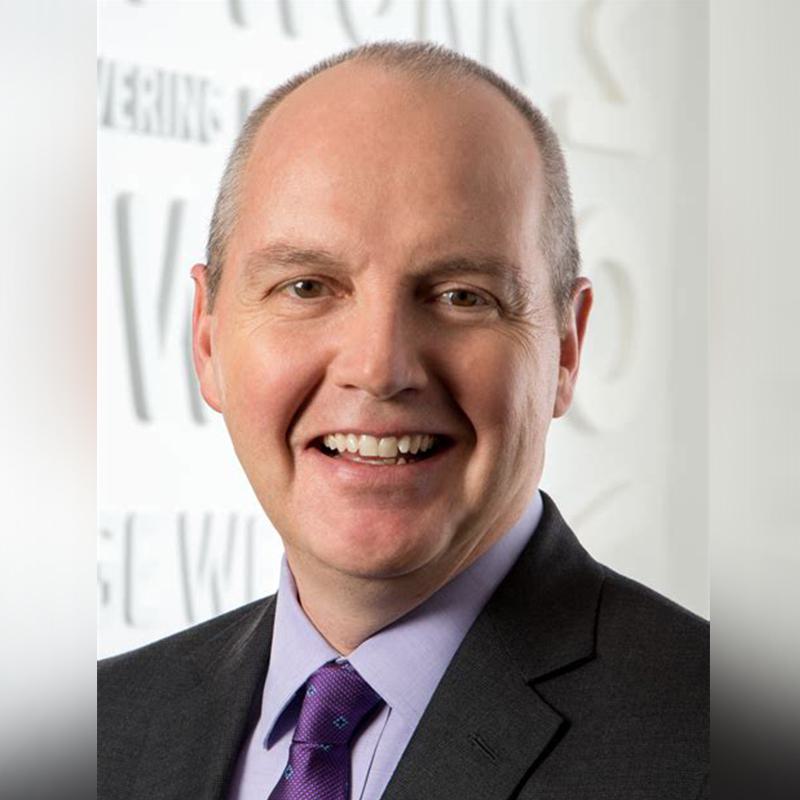How to Unleash Your Organization’s Greatest Potential
The workplaces of today are far different than what they were thirty years ago. People are working longer hours, requesting alternative employment arrangements (such as remote or on-call contracts), and choosing jobs based on factors other than salary. Millennials, in particular, “often put their personal values ahead of organizational goalsand several have shunned assignments (and potential employers) that conflict with their beliefs.” Unsurprisingly, as more and more millennials enter the workforce, the demand for outspoken, values-driven leadership has risen sharply.
In a phone interview, Gary Sheffer, the former Vice President of Communications & Public Affairs at General Electric (GE), observed that CEOs today can no longer succeed simply by being an operations expert or driving the highest profit margins. Now they must also have clearly defined values that they are willing to defend publicly. They also need to acknowledge that corporate culture no longer “trickles down” from the top—it must be shared by influencers at every level of a firm. In conjunction with the cultural changes in the workforce, corporate reputations are also now far more vulnerable to public opinion than they were in the past. Today, reputations are “democratized” and can be heavily impacted by one errant tweet or anonymous activist. These shifts have led to countless debates over what defines “leadership communications,” and as a corporate communications veteran, Gary’s insights shed light on how leaders can unleash their organization’s greatest potential.
Gary’s diverse experience has given him a keen understanding of leadership communications. He began his career as a journalist before transitioning into politics to serve two New York State governors. Following his government positions, he led GE’s communications team and gained recognition for his outstanding contributions to corporate communications and public affairs. After 16 years at GE, Gary then joined Weber Shandwick as a senior corporate strategist—a move that he reveals was triggered in part by his desire to spend more time with his family, as well as a determination to share his decades of communications expertise with a wider range of organizations.
As he stated in PRWeek,’I’ve been through some uncertain times, [but] I’ve not seen a time like this. Today, the challenges to corporate reputation and culture are coming in at angles we hadn’t seen before. This is an essential time for communicators to be leaders in these organizations and help them navigate this uncertainty. I’m excited about it, so I didn’t want to sit on the sidelines.”
During the course of his career, Gary has worked with a number of industry leaders that helped him zero in on what defines effective leadership communications. From Jeff Immelt, the former CEO of GE, Gary learned “the value of resilience and optimism as a leader.” While optimism is often overlooked as an important leadership quality, it is this very attribute that gives an organization the strength to forge onward in difficult times. Gary also singles out transparency as a critical element of leadership. This was something he learned from Charlotte Otto, the former VP of Procter & Gamble. Her influence taught him how it is ultimately the leader’s job to clarify what is expected of every worker and, by the same token, what they can expect from leadership.
Another core principle of leadership that Gary advocates is empowering others. Though he is highly respected in the PR industry for his level-headed approach to communications during the Great Recession and GE’s Ecomagination—GE’s environmental technology and branding initiative—when asked about his accomplishments, Gary firmly credits those achievements to his whole team’s efforts. What is even more telling about his leadership style is the reason he gave for why he chose to move on from his executive role at GE: “There were people on my team who were ready to succeed me. It was their time…. I had taken the team as far as I personally could go and there were people on the team ready to take it to the next level.”This willingness to give his proteges room to unleash their full potential—even if it meant stepping aside—highlights what it means to be a leader. It is a testament to the success of Gary’s leadership style that he personally groomed his successor and remains in touch with the team that he built at GE even after he left the company.
Ultimately, effective leadership communications center around consistently standing for the organization’s values, exhibiting optimism and transparency, and actively empowering others. To do this authentically, leaders must demonstrate these attributes both in their professional and personal lives. As a communications leader, Gary does this by contributing his skills to software coding nonprofits outside of his current role as a Weber Shandwick strategist. In fact, he designates his pro-bono efforts as “his most important work.” While it isn’t strictly necessary for every leader to get involved in pro-bono work, understanding the spirit of this principle is essential: leaders must truly want those around them to succeed, even if it is without them or not to their direct benefit. Though it may be difficult, sometimes the best way for a leader to lead is to simply let go.
Fast Facts
Location:
Livingston, NY
Number of Employees:
5,000–10,000 employees
Number of Years in Current Role:
2 years
Previous Experiences:
Vice President, Communications & Public Affairs, General Electric (GE) Press Aide, former New York Governor George Pataki
First Job:
Reporter at The Hudson (NY) Register-Star
Leaders Admired Most:
Jeff Immelt, former CEO of GE Charlotte Otto, former Global External Relations Officer of Procter & Gamble
